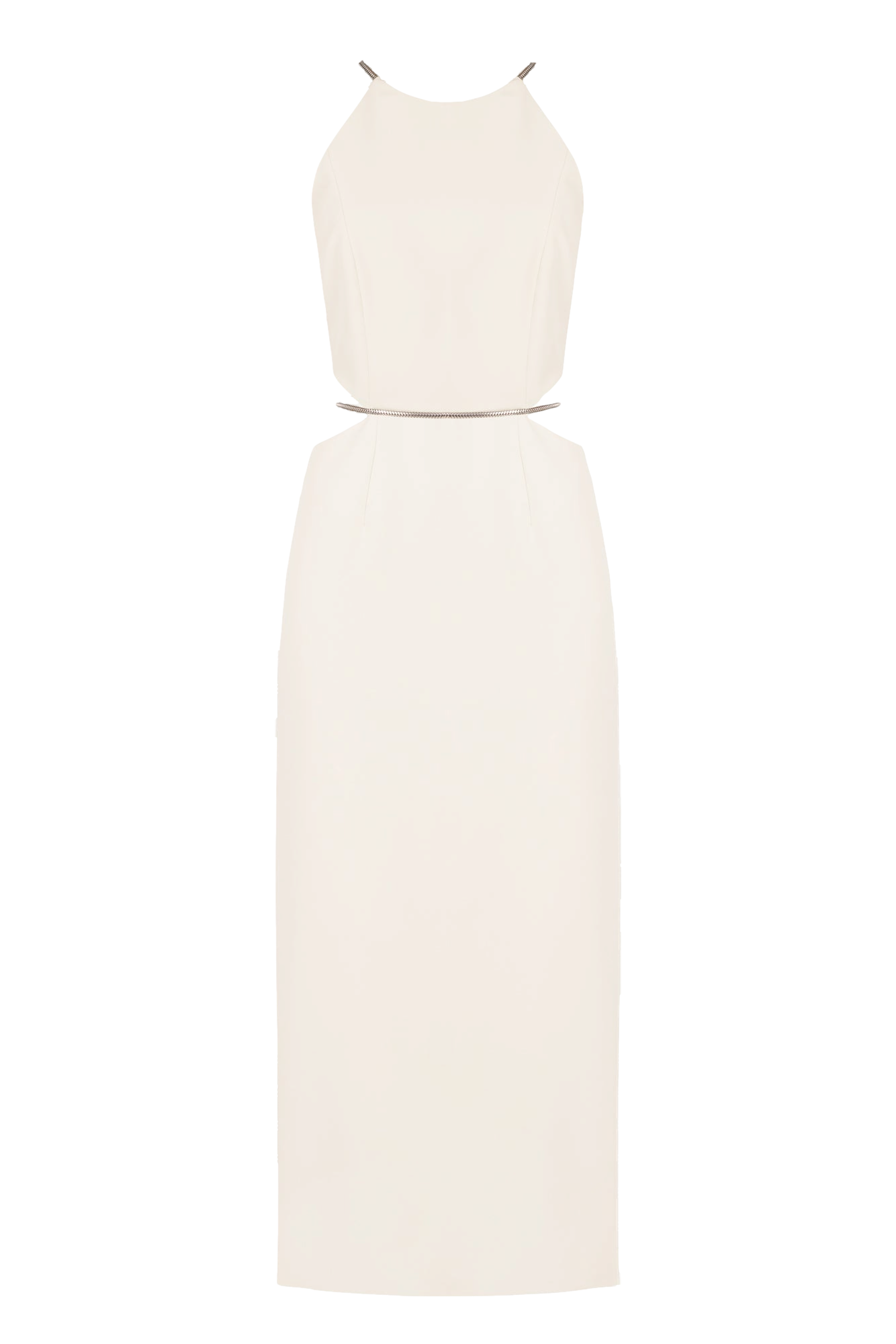Undress Application: Your Ultimate Guide To Privacy, Functionality, And More
Let’s be real, folks. In this digital age, apps are everywhere, and sometimes they can get a little… controversial. If you’ve stumbled upon the term “undress application,” you’re not alone. This phrase has been buzzing around the internet, sparking curiosity and raising eyebrows. But what exactly is an undress application? Is it something you should be worried about, or is it just another tech trend that’s blowing up for no reason? Let’s dive into the nitty-gritty and find out.
Before we go any further, let’s address the elephant in the room. An undress application, as the name suggests, is designed to simulate the act of removing clothing from photos using AI technology. Now, before you start panicking or assuming the worst, hear me out. This type of app raises serious questions about privacy, ethics, and the boundaries of technology. It’s not just about the functionality; it’s about how it’s used and who’s using it.
We’ll break down everything you need to know about undress applications, from their origins to their potential risks. By the end of this guide, you’ll have a clear understanding of what these apps are, why they’re controversial, and whether or not you should care. So, grab a coffee, sit back, and let’s get into it.
What Exactly is an Undress Application?
Alright, here’s the deal. An undress application uses advanced AI algorithms to manipulate images, specifically to create the illusion of removing someone’s clothes. The technology behind these apps is impressive, no doubt, but that’s not the point. The real question is: why would anyone develop such an app in the first place? Is it for entertainment, or does it serve a more sinister purpose?
These apps often rely on deep learning and neural networks to analyze and modify images. While the concept might sound harmless on paper, the implications are far-reaching. Think about it: someone could use this technology to create fake images of you or someone you know. That’s where the controversy begins.
How Do Undress Applications Work?
Let’s talk tech for a second. Undress applications use a combination of machine learning and image processing techniques to alter photos. Here’s a quick breakdown:
- AI algorithms analyze the original image and identify key features like clothing textures and patterns.
- Using pre-existing data, the app generates a realistic simulation of what the person might look like without clothes.
- The final output is a manipulated image that can be shared or saved.
It’s important to note that the accuracy of these apps varies. Some produce eerily realistic results, while others look more like digital caricatures. Either way, the potential for misuse is undeniable.
The Controversy Surrounding Undress Applications
Now, let’s talk about the elephant in the room. Why are undress applications so controversial? The short answer is privacy. These apps blur the line between consent and exploitation. Imagine someone taking a photo of you in public and using an undress app to create a fake image. Scary, right?
The problem isn’t just about the technology itself; it’s about how people choose to use it. In the wrong hands, undress applications can be weaponized for harassment, revenge, or even blackmail. That’s why many experts and advocacy groups have raised concerns about the ethical implications of such tools.
Is It Legal to Use Undress Applications?
This is where things get tricky. The legality of undress applications depends on where you live and how the app is used. In some countries, creating or sharing non-consensual images is considered a criminal offense. However, the laws surrounding digital privacy are still evolving, and many jurisdictions haven’t caught up with the rapid advancements in AI technology.
For example, in the United States, some states have passed laws specifically addressing revenge porn and deepfake images. But in other parts of the world, the legal landscape is murkier. That’s why it’s crucial to educate yourself about the laws in your area and think twice before downloading or using such apps.
Who Uses Undress Applications?
You might be wondering: who even uses these apps? The answer might surprise you. While some people download undress applications out of curiosity, others use them for more malicious purposes. Here’s a breakdown of the typical users:
- Curious individuals: People who want to see how the technology works or experiment with it for fun.
- Content creators: Some creators use undress apps to generate provocative images for social media or adult websites.
- Harassers: Unfortunately, there are those who use these apps to target and exploit others.
It’s worth noting that not all users have bad intentions. However, the potential for abuse is significant, which is why many experts urge caution when it comes to downloading or using such apps.
How to Protect Yourself From Undress Applications
Okay, so now that we’ve talked about the risks, let’s focus on solutions. If you’re worried about undress applications, here are a few steps you can take to protect yourself:
- Be mindful of what you share: Avoid posting photos that could be easily manipulated.
- Use strong privacy settings: Limit who can see your photos on social media.
- Report misuse: If someone creates or shares a fake image of you without consent, report it to the platform immediately.
Remember, prevention is key. By taking proactive steps, you can reduce the likelihood of becoming a victim of digital exploitation.
The Impact of Undress Applications on Society
Let’s zoom out for a second and look at the bigger picture. Undress applications aren’t just a personal issue; they have broader implications for society as a whole. Here are a few ways these apps are affecting our world:
- Privacy concerns: As more people become aware of the risks, there’s growing demand for stronger privacy laws.
- Ethical debates: The development and use of undress apps have sparked intense discussions about the ethical boundaries of AI technology.
- Legal challenges: Governments and organizations are grappling with how to regulate these apps without stifling innovation.
It’s clear that undress applications are more than just a passing trend. They’re a reflection of the challenges we face in balancing technological progress with ethical responsibility.
What Can We Learn From This?
The rise of undress applications teaches us an important lesson: technology is powerful, but it’s not inherently good or bad. It’s all about how we choose to use it. As consumers, we have a responsibility to educate ourselves about the tools we’re using and the potential consequences they may have.
For developers, this is a wake-up call to consider the ethical implications of their creations. The tech industry has a duty to prioritize user safety and privacy, even if it means sacrificing some features or functionality.
Alternatives to Undress Applications
If you’re still curious about image manipulation but want to stay on the right side of ethics, there are plenty of alternatives to undress applications. Here are a few options:
- Photo editing apps: These apps allow you to enhance or modify photos without crossing any ethical boundaries.
- AI art generators: If you’re into creativity, try experimenting with AI tools that generate art based on your input.
- Virtual try-on apps: Want to see how clothes would look on you without actually wearing them? Virtual try-on apps are a great alternative.
By exploring these alternatives, you can satisfy your curiosity without compromising your values or the privacy of others.
Why Choose Ethical Alternatives?
Choosing ethical alternatives isn’t just about avoiding trouble; it’s about being a responsible digital citizen. By supporting apps and tools that prioritize user safety and privacy, you’re contributing to a healthier digital ecosystem. Plus, let’s be honest—there are plenty of cool and innovative ways to use AI without resorting to controversial practices.
The Future of Undress Applications
So, where do we go from here? As AI technology continues to evolve, the landscape of undress applications is likely to change as well. Here are a few possibilities for the future:
- Stricter regulations: Governments may implement stronger laws to govern the development and use of these apps.
- Improved detection tools: Advances in AI could lead to better ways of identifying and combating fake images.
- User awareness: As more people become educated about the risks, there may be a decline in the popularity of undress apps.
While the future is uncertain, one thing is clear: the conversation around undress applications isn’t going away anytime soon.
What Can You Do?
As an individual, you have the power to shape the future of undress applications. By staying informed, advocating for stronger privacy laws, and making ethical choices, you can help create a safer digital environment for everyone.
Conclusion
In conclusion, undress applications are a fascinating but controversial aspect of modern technology. While they showcase the incredible capabilities of AI, they also raise important questions about privacy, ethics, and the future of digital innovation. By understanding the risks and taking proactive steps to protect yourself, you can navigate this complex landscape with confidence.
So, what’s next? If you found this guide helpful, feel free to share it with your friends and family. Knowledge is power, and the more people know about undress applications, the better equipped we all are to handle the challenges they present. And hey, if you’ve got any thoughts or questions, drop a comment below. I’d love to hear what you have to say!
Table of Contents
- What Exactly is an Undress Application?
- The Controversy Surrounding Undress Applications
- Who Uses Undress Applications?
- How to Protect Yourself From Undress Applications
- The Impact of Undress Applications on Society
- Alternatives to Undress Applications
- The Future of Undress Applications
- Conclusion



Detail Author:
- Name : Damian Feeney
- Email : octavia66@bogan.biz
- Birthdate : 1975-07-28
- Address : 593 Carter Bridge New Edison, HI 29103
- Phone : +1-972-973-9386
- Company : Mitchell LLC
- Job : Real Estate Association Manager
- Bio : Et illo doloribus iste ut et. Veniam ea laborum sint autem saepe soluta. Enim deleniti iste eius. Eveniet voluptates animi aut vero aspernatur corporis.